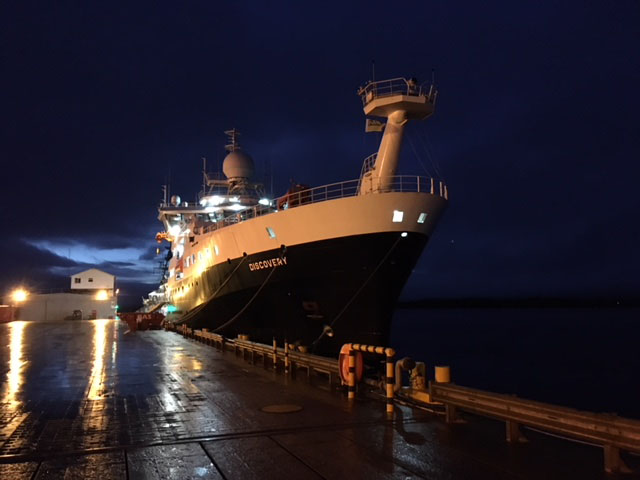Its now a little less than a week since we sailed and we are now sitting in the heart of the South Georgia bloom, one of the largest and most sustained open ocean phytoplankton blooms on the planet, and a major natural sink for atmospheric carbon dioxide.
COMICS is all about understanding how phytoplankton material sinks from the surface, what happens to it as it does and how the ecosystem that feeds on this material works. To get to grips with this we have brought a ship full of talented scientists from the U.K and abroad to observe the demise of the diatom bloom and its impact on the mesopelagic using radiotracer and direct estimates of microbial respiration, sinking particle fluxes using marine snow catchers and drifting sediment traps and zooplankton, salp and fish abundance and ecology using nets.

We also have a major glider based autonomous programme going on lead by Stephanie Henson as part of an ERC Grant Go-Cart and have deployed several biogeochemical ARGO floats as part of the NERC programmes ROSES and ORCHESTRA.
The British Antarctic Survey have a mooring continuously monitoring the region here meaning that we will have a wealth of background information to use to place our observations into context.
The diatom bloom is highly mature now (chlorophyll levels >8 micrograms of chlorophyll per litre with only 2 micromoles per litre silicate left) but strangely little material leaving the surface. It’s all set up for a big crash - all we have to do now is wait for the export to begin!
Richard Sanders
Principal Scientist
17 November 2017